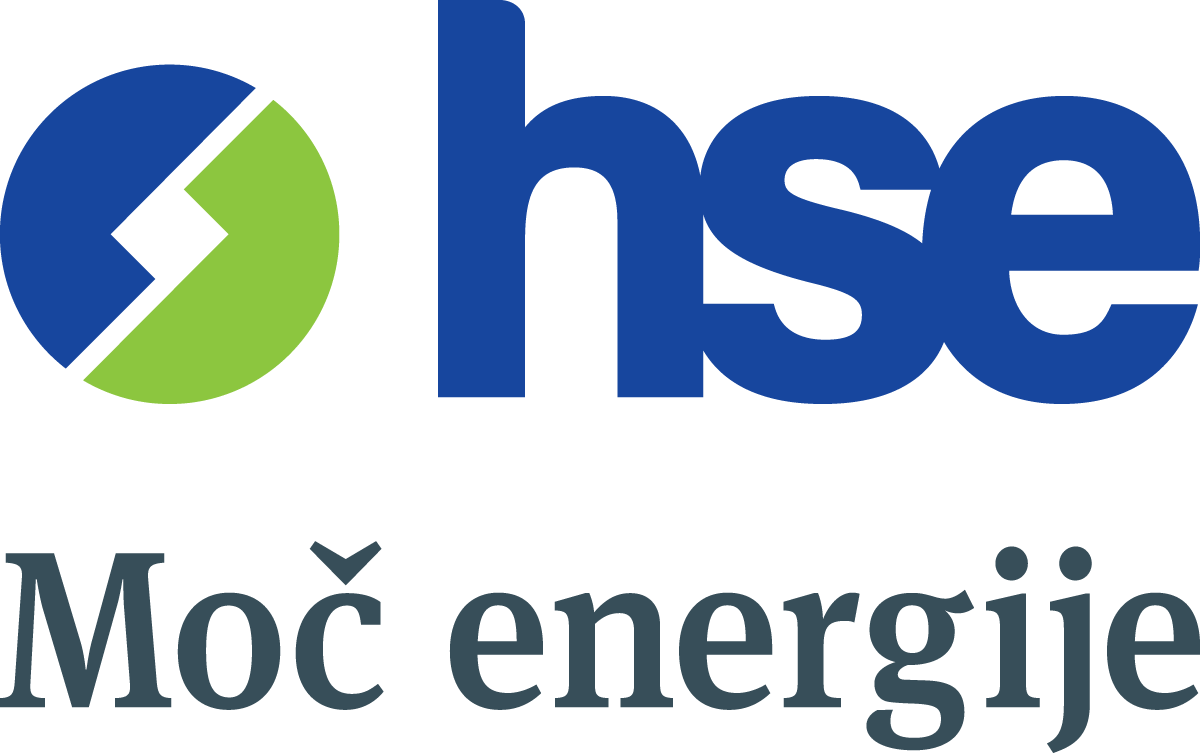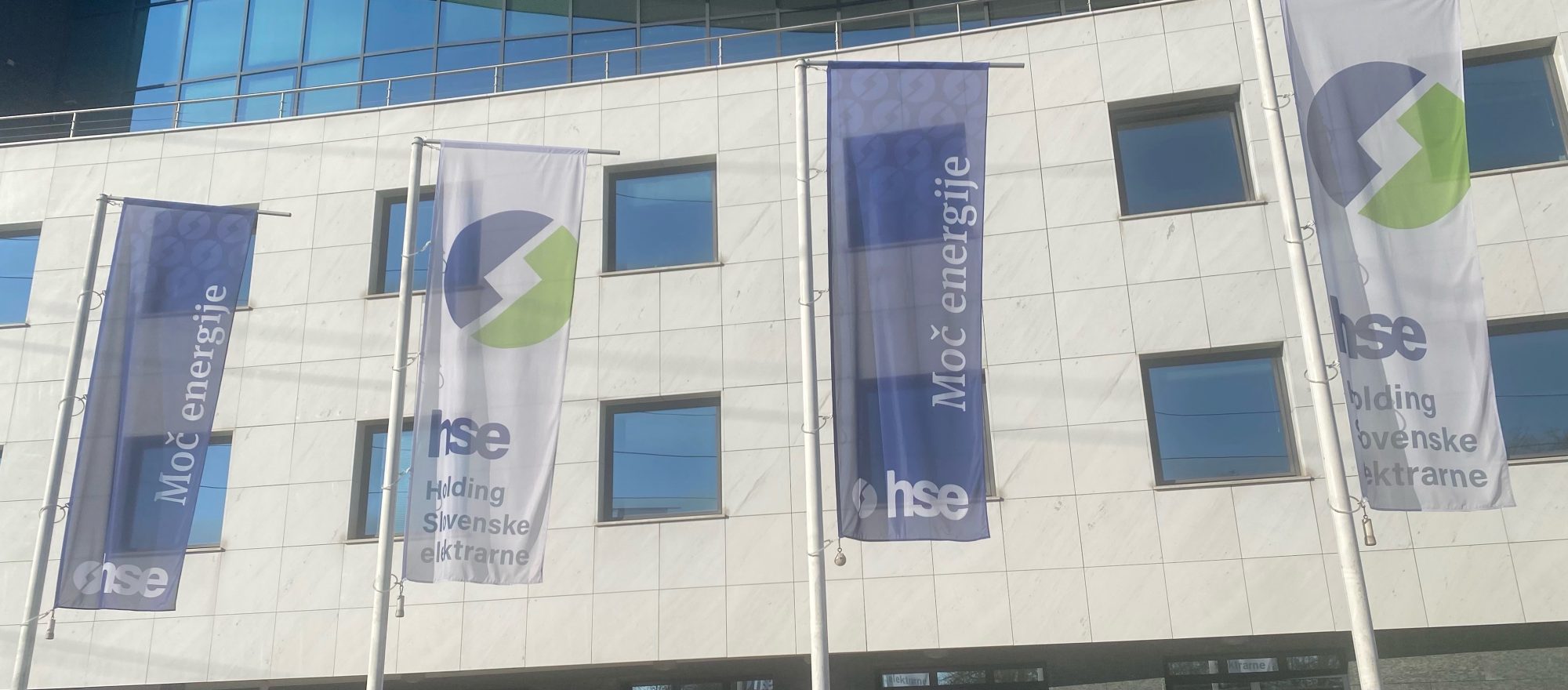The minister of infrastructure, the state secretary at the Ministry of Infrastructure, MPs, representatives of local communities, prominent representatives of the Slovenian energy sector, and former and current employees of the company Dravske Elektrarne Maribor gathered in the lobby of the company’s administrative building to celebrate two anniversaries – 70 years of operation of the Mariborski Otok Hydro Power Plant and 40 years of operation of the Formin Hydro Power Plant.
The proposal to build a hydro power plant near Maribor Island was discussed for the first time at a session of the Maribor City Council in 1909, but failed to receive sufficient support. Less than a decade later, the Fala Hydro Power Plant was expanded, and then nothing happened in this part of the Drava River in terms of energy infrastructure until the beginning of the Second World War. In the summer of 1941, the occupying forces tasked the company AEW with launching preparations for the construction of the Mariborski Otok Hydro Power Plant. Construction started in the autumn of 1942 and the original plan envisaged that the first generator should start to operate as early as in 1944. However, the work was not carried out as scheduled because of the Second World War, with only 30% of the planned construction work being finished by the end of the war. It was only at the beginning of 1946 that construction work continued more intensively, but by summer the high water level was causing a lot of problems to the builders. Given some other problems, the Mariborski Otok Hydro Power Plant started to operate with its first generator on 5 September 1948 – it was the first hydro power plant built in the period of the so-called Five-Year Plan and the first to be built in the post-war Yugoslavia. The second generator started to operate in 1953, and the third generator in 1960.
As part of the so-called first phase of the overhaul of power plants on the upper Drava River, the Mariborski Otok Hydro Power Plant was overhauled between 1994 and 2000 to operate today with the net capacity of 60 MW and produce annually around 270 GWh of electricity; in its entire history, it has produced almost 17,000 GWh of electricity, which today would cover the needs of all Slovenian households for more than five years.
According to the original plans, construction of the Formin Hydro Power Plant should have started immediately after the extension of the Zlatoličje Hydro Power Plant, i.e. in 1969, but a final decision was not adopted then. What moved the plan from a standstill was only the fact that Croatia started building a hydro power plant in Varaždin in 1971, which started to operate in 1974 to significantly undermine the system of operation of the hydro power plant chain on the Drava. In 1973 a committee dealing with issues of special importance in the field of energy in Slovenia adopted a programme for energy facilities to be built in the Socialist Republic of Slovenia, and the construction started in 1975. Although complications and problems could not be avoided in this project, either, they were overcome and our “youngest one” launched its first generator on 2 February 1978, while the second generator was connected to the grid on 27 October the same year. The Formin Hydro Power Plant was, in principle, built with the purpose of being remotely controlled from the Control Centre, which actually came true on 1 August 1991.
The hydro power plant has undergone a number of partial overhauls and suffered the most damage among all hydro power plants in the Slovenian part of the River Drava during the disastrous floods in 2012, but the basic vital equipment has been preserved until today – it is thus the only one out of the eight hydro power plants operated by Dravske Elektrarne Maribor not to undergo a thorough overhaul. Related projects are being prepared and an overhaul is planned to start sometime in the mid-2020s.
The lowest-lying hydro power plant on the Slovenian part of the Drava River operates with the net capacity of 116 MW and produces around 550 GWh of electricity annually, which makes it the second largest hydro power plant operated by the company production-wise; in its entire history, it has produced more than 21,000 GWh of electricity, which today would cover the needs of all Slovenian households for almost six and a half years.
Alenka Bratušek, the minister of infrastructure, said at the ceremony: “In all these years of operation, hydro power plants have always proven their worth. We will also need good hydro power plants in the future, but the energy produced by water will not suffice. We will have to make a transition to new sources, which means exploitation of the other renewable sources for the production of electricity. The demand for electricity will not be dropping in the future. Investments in renewable sources are necessary and I believe that together we will reach agreements to the benefit of the country, society and people.”
Matjaž Marovt, director general of Holding Slovenske Elektrarne, stressed that “providing a reliable and safe supply of electricity is the mission and constant task of the energy sector. What should also be a constant task is providing sufficient sources of electricity. The story of Mariborski Otok, with as many as 30 years passing from the idea and the start of construction, teaches us that we work in an industry where decisions are demanding and consequences visible only after several years. The demand for electricity is increasing and, regardless of measures for efficient energy use, it will become even bigger with the transition to a zero-carbon society, which is why these challenges have to be addressed now. The care of the employees of Dravske Elektrarne Maribor in preserving the facilities built in the past tells us that they should also be entrusted with projects for the future.”
Andrej Fištravec, the mayor of the Maribor City Municipality, said: “Both power plants, Mariborski Otok and Formin, have been strongly planted in my vision of the Drava River. As a young boy, I observed the Mariborski Otok Hydro Power Plant from the banks of Maribor Island, staring at the foaming of the water falling down the power plant’s sluice gate made of granite blocks. I was connected to the Formin Hydro Power Plant on my family’s side, as my late father participated in the construction of the power plant only a stone’s throw away from my native village of Gajevci. When it comes to the economic development of the city, the construction of the Fala Hydro Power Plant, the first in the chain of power plants on the river, crated the conditions for a fast industrial development of the city. It was precisely due to the cheaper electricity coming from Fala that Maribor became a major centre of various industries. In the decades that followed, other power plants also greatly contributed to improving living standards in the city. Unfortunately, a series of decisions made on the national level in the last ten years which resulted in the Drava no longer flowing through Maribor and the landscape it created. The added value of the cheapest electricity in Slovenia produced here is also helping build other areas in the country. Unfortunately, Maribor and the region of Podravje have no major benefits from the surplus in the production of electricity on the Drava. It is time for this to be changed.”
Jožef Kokot, the mayor of the Municipality of Gorišnica stressed that “the Municipality of Gorišnica – where the Formin Hydro Power Plant is located – has been receiving funds as compensation for such an extensive encroachment upon the environment and space, which were being diligently invested in the maintenance of infrastructure and development of the municipality. As I already mentioned, the investment (the construction of the channel and the Formin Hydro Power Plant) has also brought a lot of positive things to our residents: additional jobs, recognisability of the area and, consequently, of the Municipality of Gorišnica, as well as the assistance of Dravske Elektrarne Maribor in the reconstruction and maintenance of the existing infrastructure. By now, both the people from Formin and residents of the Municipality of Gorišnica have already become completely accustomed to the tall engine room with its bridge cranes, as well as the switchyard which stand in the close vicinity of their homes.”
Andrej Tumpej, the director of Dravske Elektrarne Maribor, concluded with the following words: “It was pleasant to take a walk through the past as we were preparing the event, but our thoughts and plans are directed towards the future. The Slovenian part of the River Drava has been completely exhausted energy-wise, which is why we are building and planning the construction of several small hydro power plants on its tributaries. But we don’t want to stop there, because we are aware of the country’s commitments regarding the production of electricity from renewable sources on the one hand, and the expectations of the modern society on the other. We believe that the coming period and the decision of the Government will be more favourable for the strategy of exploitation of the untapped potential of water, wind and solar energy in the country, and to projects which will keep us as a company and society in the widest sense on the map of countries which are not dependent on imports in terms of production and consumption of electricity and, consequently, increasingly successful economy- and society-wise.”








